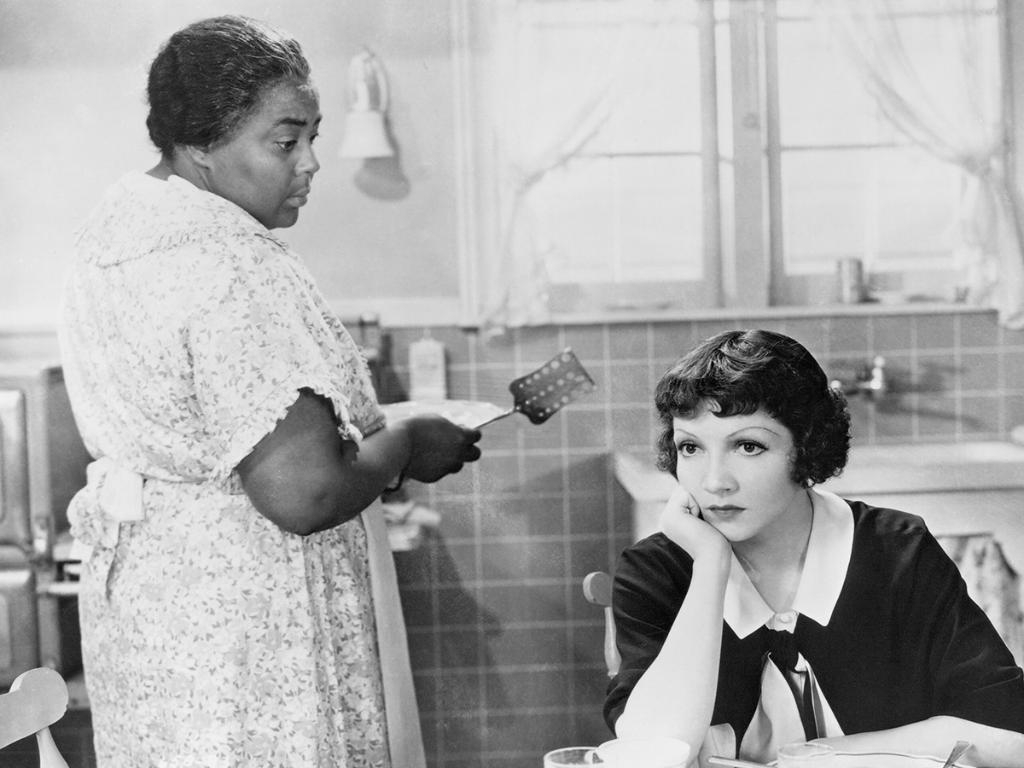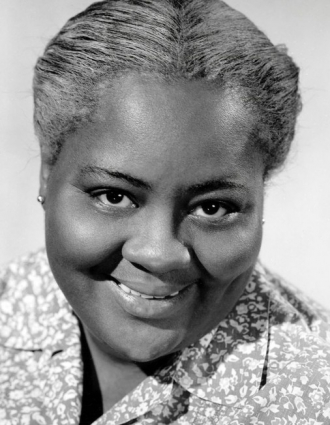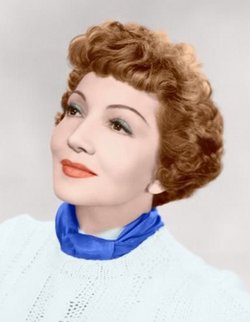Louise Beavers and Claudette Colbert.
In a movie together.
Date & Place:
Not specified or unknown.


 Amanda S. Stevenson
Amanda S. Stevenson 



